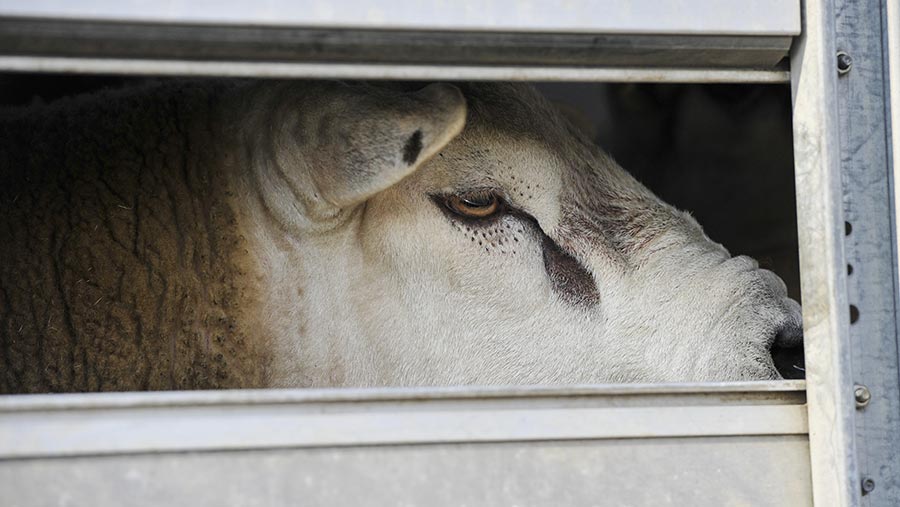10 tips for transporting livestock in hot weather
 © Design Pics Inc/REX/Shutterstock
© Design Pics Inc/REX/Shutterstock
Farmers and hauliers are being asked to take extra care to protect livestock when transporting them during warm weather.
Exposure to high temperatures and humidity is a major threat to animal welfare during transport and poses a serious risk during the summer months.
Failure to take account of high temperatures when planning journeys, in addition to a lack of adequate contingency plans, can cause animals to suffer.
See also: Guide to animal transporting
The Department of Agriculture, Environment and Rural Affairs (Daera) says there are a number of steps required to avoid unnecessary suffering of animals during transportation.
1. Handle the stock as little as possible and treat them with care to avoid major disturbance during loading, carriage and unloading.
2. Inspect the animals frequently for signs of heat stress (for example, open-mouth breathing, high respiration rate or sweating).
3. Reduce loading density by at least 30%, especially in the hotter parts of the vehicle. These are normally the front compartments (near the cabin) and the upper decks of the vehicle. Make sure there is enough space for all animals to regulate their body temperatures. Animals will overheat if packed together too tightly.
4. Increase the internal height above the animals to maximise air movement and increase air exchange.
5. Spray the vehicle with water to cool it down and in the case of pigs, spray the animals as well.
6. Consider transporting animals at night, even on short journeys, to avoid the hottest hours of the day.
7. Always park in the shade, ideally with the vehicle positioned across the prevailing wind.
8. Make sure animals have access to fresh water or electrolyte solutions. All vehicles must carry water and suitable drinking equipment in full working order, which can provide sufficient water or if appropriate, electrolytes, according to the species and age of the animal.
9. Use a vehicle with a light-coloured roof to reflect away some of the sun’s heat and make full use of ventilation systems.
10. Plan journeys very carefully in order to avoid any delay, such as at road works, diversions and border crossings.
